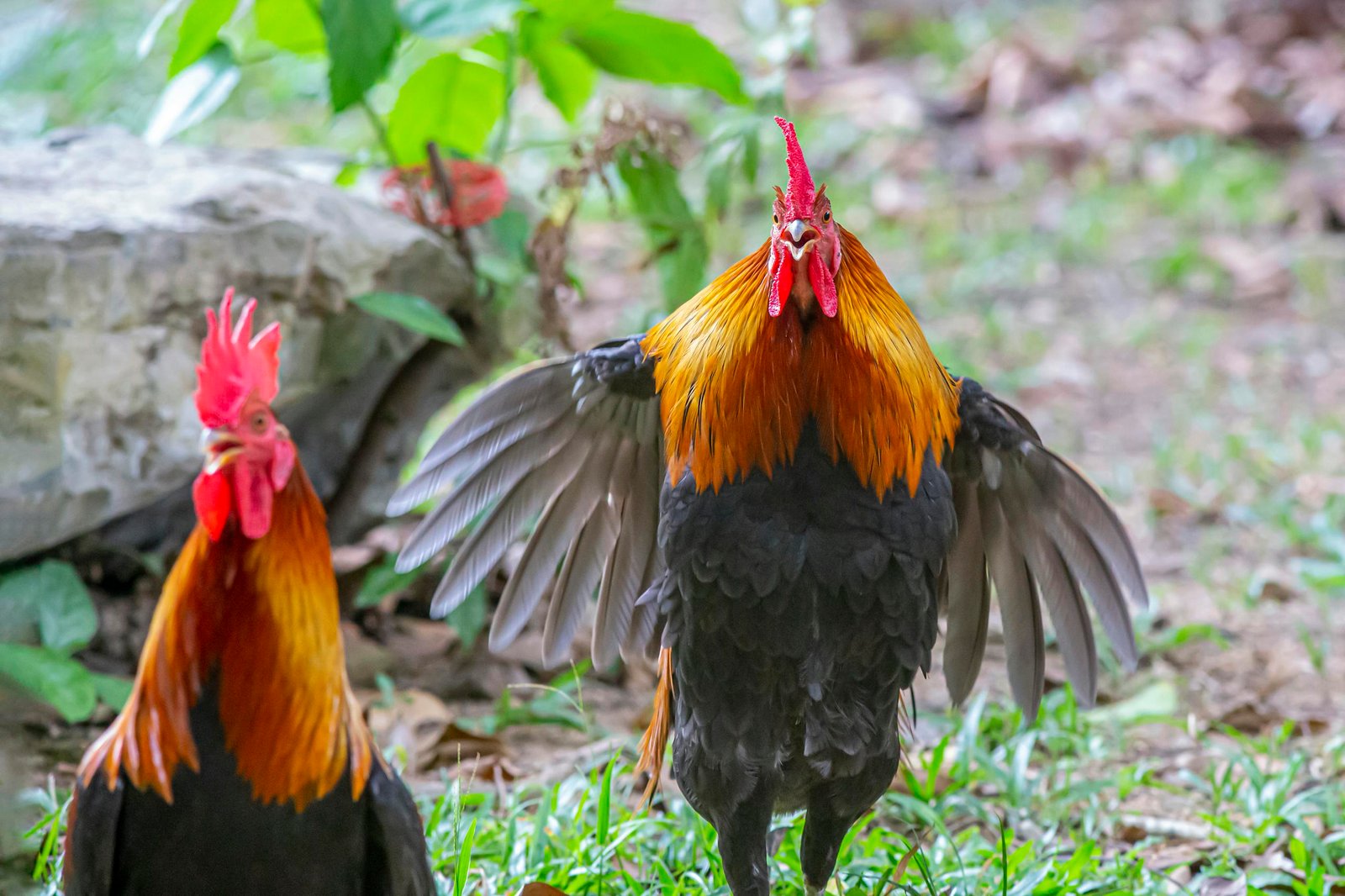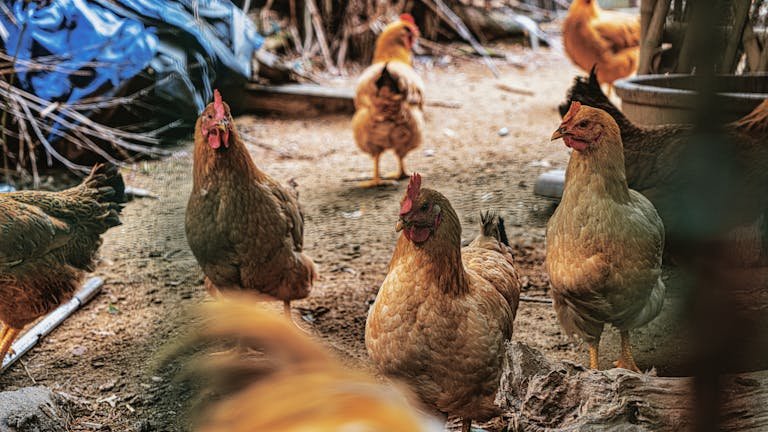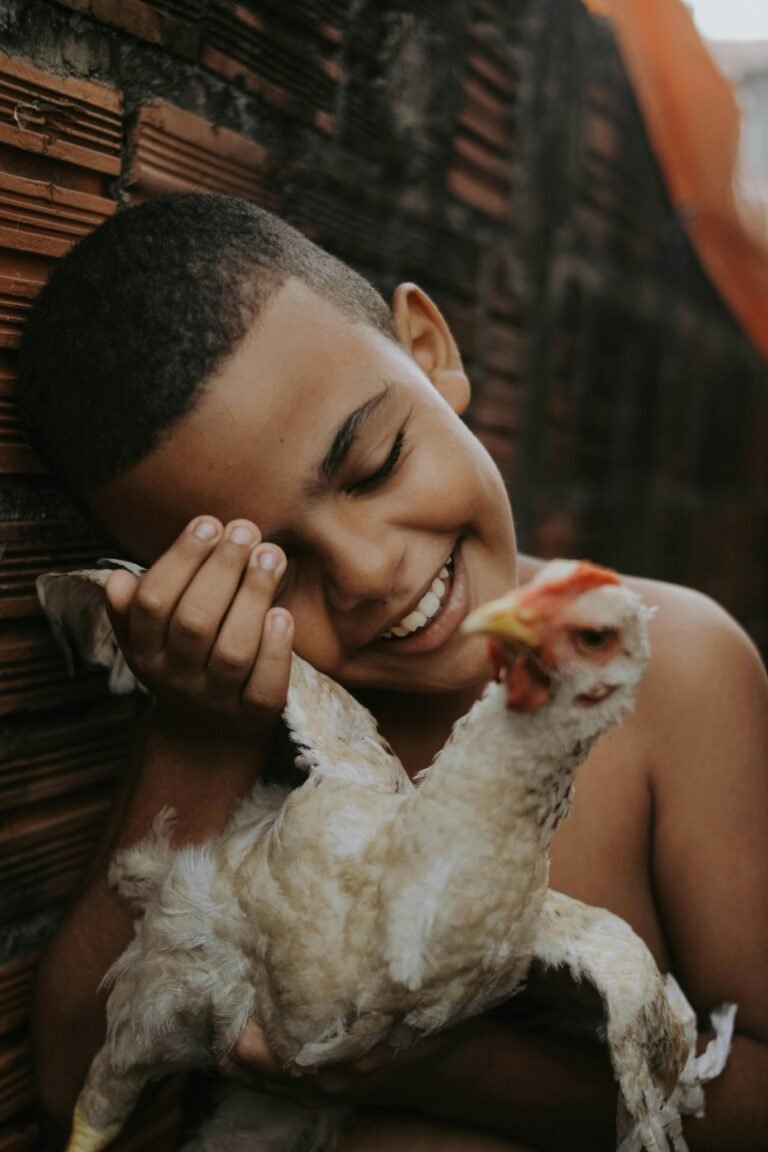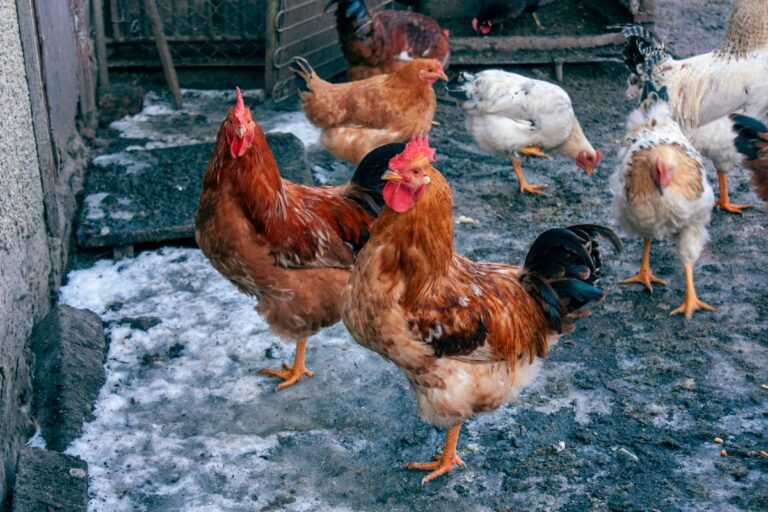Can Chickens Fly? Surprising Facts About Chicken Flight

The short answer is: yes, but not very well.
Although chickens are birds and have wings it is not common to see them flying as most of them cannot fly in the same way as other birds of their kind. Breeding for more body size, meat production, and egg laying has made the chickens have relatively much heavier bodies and shorter wingspan. This makes sustained flight impractical. In this guide, we will be focusing on the question; Can Chickens Fly?
Factors Affecting Chicken Flight
Several factors influence a chicken’s ability to fly, including breed, body weight, wingspan, and muscle development.
Breed
It is important to take note that not all chickens are similar when it comes to flight and that this varies depending on the specific breed. Non-flight are less likely to have flight capabilities compared to the small and lightweight breeds such as the bantams. Bantams have relatively big wings to their body sizes to indicate that they have relatively high lifting power and ease of maneuver.
Flighty Breeds
- Bantams: These small chickens are known for their mobility, and especially their flight. It is common to find them flying short distances to the nearest tree or structure or to flee from a predator.
- Leghorns: Leghorns are a lightweight breed developed mainly for egg-laying purposes and they are not as poor flyers as other heavy breeds.
Ground-Dwelling Breeds
- Brahmas: Originally developed from hybrids between these two breeds, Brahma chickens are large birds with reduced flying capability and friendly disposition.
- Cornish: Cornish chickens are a large breed raised specifically for meat production and as a result, they are not very fliers.
Body Weight
Chickens which are a bit heavier to fly have a difficult time flying due to the extra weight they are carrying. This extra load demands more energy, which translates to stronger muscles in the wings, which most domesticated chickens do not possess. This restriction is most marked in stock breeds developed for beef production where bulk is preferred.
Wingspan
Generally, long-spanned chickens are more likely to fly small distances. A longer wingspan helps in flying as it ensures that the wings have larger surfaces to support flight. Moreover, the process of domestication has led to a decrease in the relative size of wings, as well as other abilities that could be useful for flying in many breeds.
Muscle Development
Large wings are crucial for achieving flight, nonetheless, domestication usually causes reduced muscularity of the wings. Birds that have well-developed pectoral muscles which are used for powering the wings are in better standing as far as flight is concerned. Nevertheless, the focus on qualities such as meat production capability has led more often than not to chickens with less emphasis on wing muscles.
Chicken Flight in Action
Despite these limitations, chickens can fly under some circumstances. Like all lizards, their flight is generally short and fast activities and not a continuous flight.
Escaping Predators
Inas far as danger is concerned, chickens are known to take short flights to get to safe areas. This can be performed by flying to the top of a branch or a tall branch for protection from ground predators. Over time, domesticated animals develop a natural fear of predators, which is why even large animals will try to fly if cornered.
Recommended: Dream Coop Design! Draw Your Feathered Paradise
Overcoming Obstacles
Chickens can often leap or even fly over low fences or other obstacles. This ability is especially helpful in free-range environments because the chickens have to walk over different terrains. However, the height and distance they can attain is usually restricted and therefore high fences serve as barriers most of the time for different breeds.
Natural Instincts
Some chickens retain the instinct to fly, even if they are not particularly good at it. This is particularly so in light-bone, highly active breeds where even large chickens may provide some token flight responses even where inadequate, particularly in response to sudden stimuli and changes in the environment.
Enhancing Chicken Flight
Though most chicken keepers do not consider it necessary to train their birds to fly, there are certain circumstances in which it is beneficial to let the chickens have limited flight.
Encouraging Exercise
To support the muscular system, the chickens must be allowed to exercise their wings to ensure that the muscles are not regressing. Chickens will use wings when on perches, platforms, or at different altitudes, even if it takes short leaps and flights.
Recommended: Chicken Exercise Tips for Healthier Flocks
Ensuring Safety
Chickens have to be provided safe places where they can roost to avoid potential predators. It may include offering structures such as roosts and safe pens where the chickens can use the little flying ability they possess as their means of safety.
Recommended: Choosing Perch Design in Poultry Environments
Managing Flight
To prevent escape or harm, wing clipping is a common practice. Trimming primary flight feathers reduces flight ability without harming the chicken.
Read Also: Backyard Beauties! 15 Breathtaking Chicken Breeds

Comparison Table
| Breed | Flight Capability | Weight | Wingspan | Purpose |
|---|---|---|---|---|
| Bantams | High | 1-2 lbs | Large | Egg-laying |
| Leghorns | Moderate | 4-5 lbs | Medium | Egg-laying |
| Brahmas | Low | 8-12 lbs | Short | Meat production |
| Cornish | None | 10-14 lbs | Very Short | Meat production |
FAQs: Answering Common Questions
Can chickens fly over a 6-foot fence?
Lightweight breeds like bantams can manage short flights over low fences. However, heavier breeds typically cannot clear tall barriers.
What are the best flighty chicken breeds?
Bantams and Leghorns are known for their mobility and short flights, making them ideal for free-range setups.
Is wing clipping safe for chickens?
Yes, when done correctly, wing clipping is safe and prevents escape. Always trim only one wing to imbalance the bird and restrict flight.
Recommended: Explore more tips on caring for backyard chickens
Closing Words
Chickens can fly, but their abilities are limited by domestication, body weight, and wingspan. While lightweight breeds like bantams retain some agility, heavier breeds such as Brahmas are better suited for the ground. Understanding these factors helps chicken keepers manage safety, exercise, and housing for their flocks.
Whether it’s enhancing flight for exercise or restricting it for safety, knowledge of chicken flight adds to the welfare of your birds.





